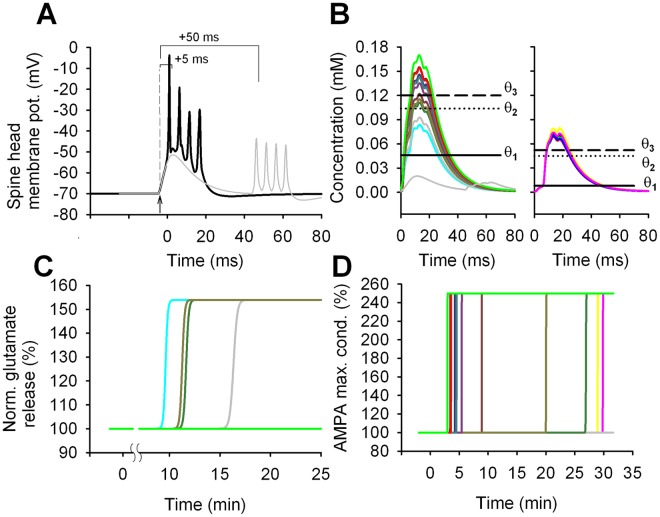Fig 4. Signals triggered by the 25x 1:4 t-LTP protocol.
A) Membrane potential in a spine during a single induction stimulus (black trace); an EPSPs was triggered (arrowhead) before, Δt = 5 ms, the arrival of four bAPs (t = 0 is the time of the first bAP peak); the grey trace shows the result for Δt = 50 ms. B) The [Ca2+]i transient generated in all the 18 spines by a single conditioning stimulus; the grey trace shows the transient in one of the spines for Δt = 50 ms; for clarity, the two sets of spines (compare Fig 2B) are shown in two separate panels. C) and D) show the time course for the normalized glutamate release and the peak AMPA conductance, respectively, in individual spines, after the train of conditioning stimuli. Note that the induction protocol triggered pre-synaptic potentiation only in a few synapses (panel C), whereas the peak AMPA conductance was increased (resulting in post-synaptic potentiation) in most synapses. Note that the vertical axes of panels C and D do not have the same scales.

